Great ICT Personalities – This book covers the entire syllabus of “Computer & Information Technology” prescribed by the BNMC for B.Sc. in Nursing Science & Diploma in Nursing Science & Midwifery students. We tried to accommodate the latest information and topics.
This book is an examination setup according to the teachers’ lectures and examination questions. We hope in touch with the book students’ knowledge will be upgraded and flourished. The unique way of presentation may make your reading of the book a pleasurable experience.
Great ICT Personalities
Charles Babbage
Many scientists, visionaries and engineers have contributed significantly to the development of Information and Communication Technology. Cable connection and wireless system, acceleration of computers’ counting power and the development of microelectronics have ensured rapid growth of ICT.
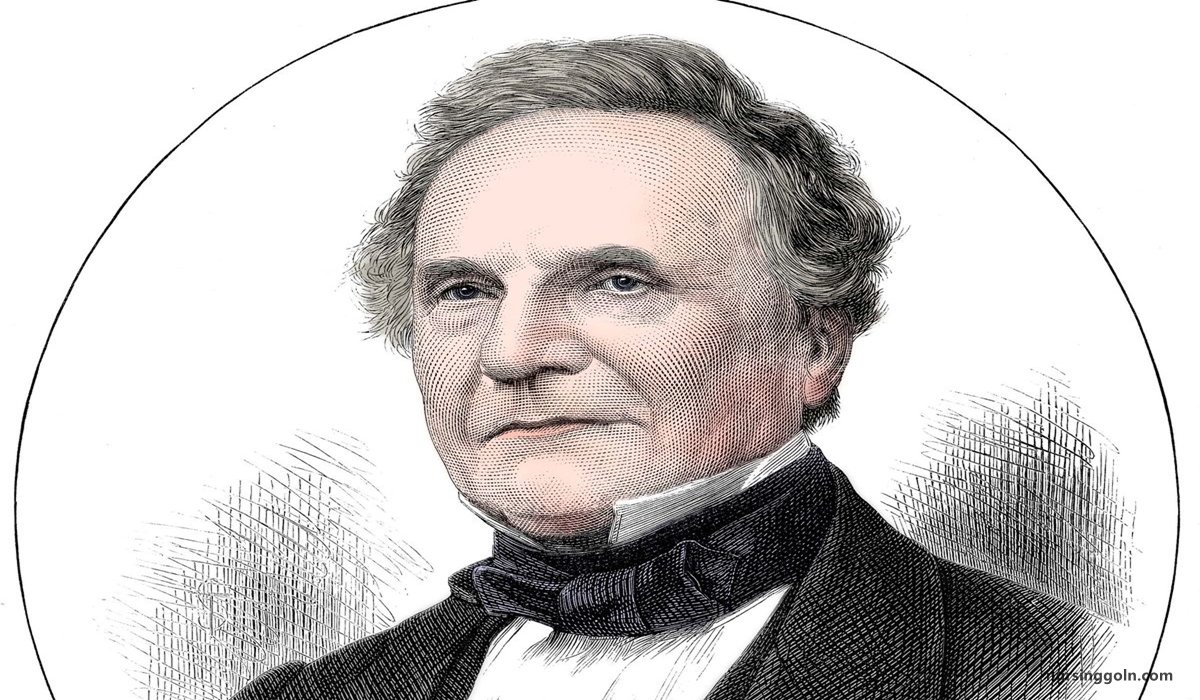
Charles Babbage (1791-1871), English engineer and mathematician first introduced computer and developed the device. He is regarded as the father of modern computer. He invented Difference Engine In 1991, in the Science Museum of London, an engine was made according to the design of Babbage, and it worked properly as expected and later, he designed a calculating machine called Analytical Engine.
Ada Lovelace
Ada Lovelace (1815-1852), the daughter of poet Lord Byron first thought about how the process of calculation could be made more effective. She became interested in science and mathematics since her childhood encouraged by her mother.
When she met Charles Babbage in 1833, she brought before him the concept of ‘programming’ to use in his analytical engine. That is why Ada Lovelace is honoured as the pioneer of programming concept. Babbage delivered a lecture about his engine in 1842 at Turin University.
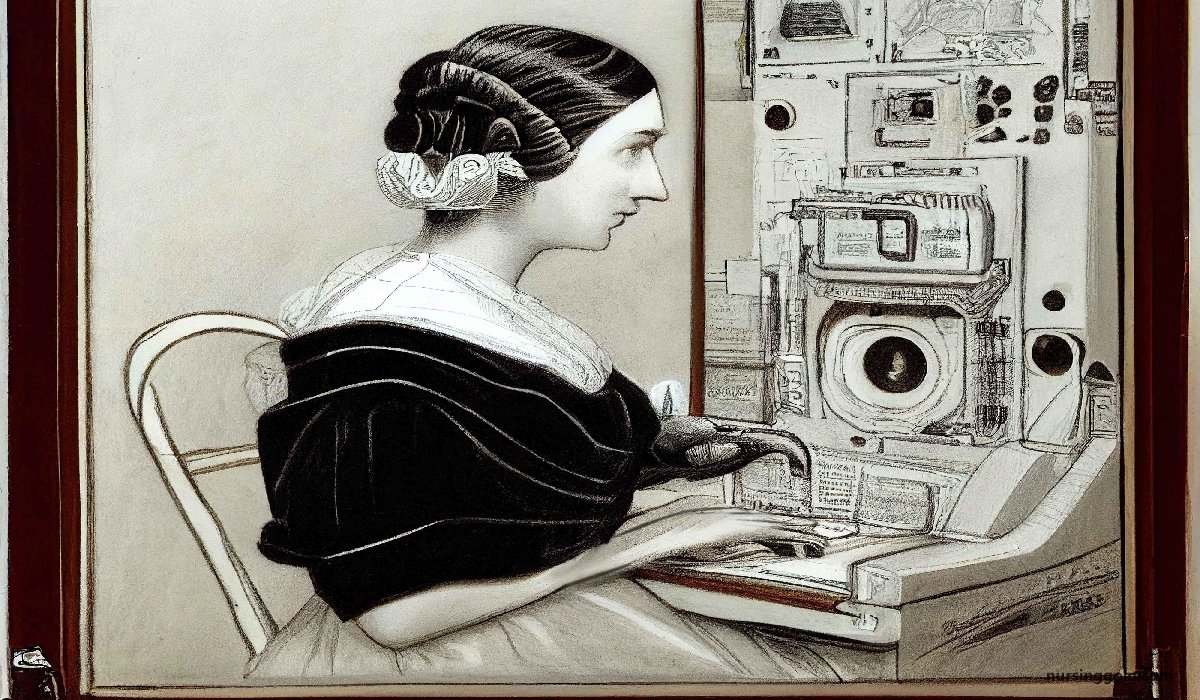
Then Ada with the help of Babbage explained the ways how the engine could work. She marked it in numerical order, while describing its mode of working. In 1953, when the note was published again one hundred years after the deal of Ada, the scientist realized that it was Ada who put forward the idea aboi Algorithm of programming.
James Clerk Maxwell
Important progress was done in physics during that period along with the inventions of Babbage and Ada. Scientist James Clerk Maxwell (1831-1879), combining the electric energy and magnetic force, put forth the theory of Electromagnetic Force which opened a possibility of sending wireless messages from one place to another.
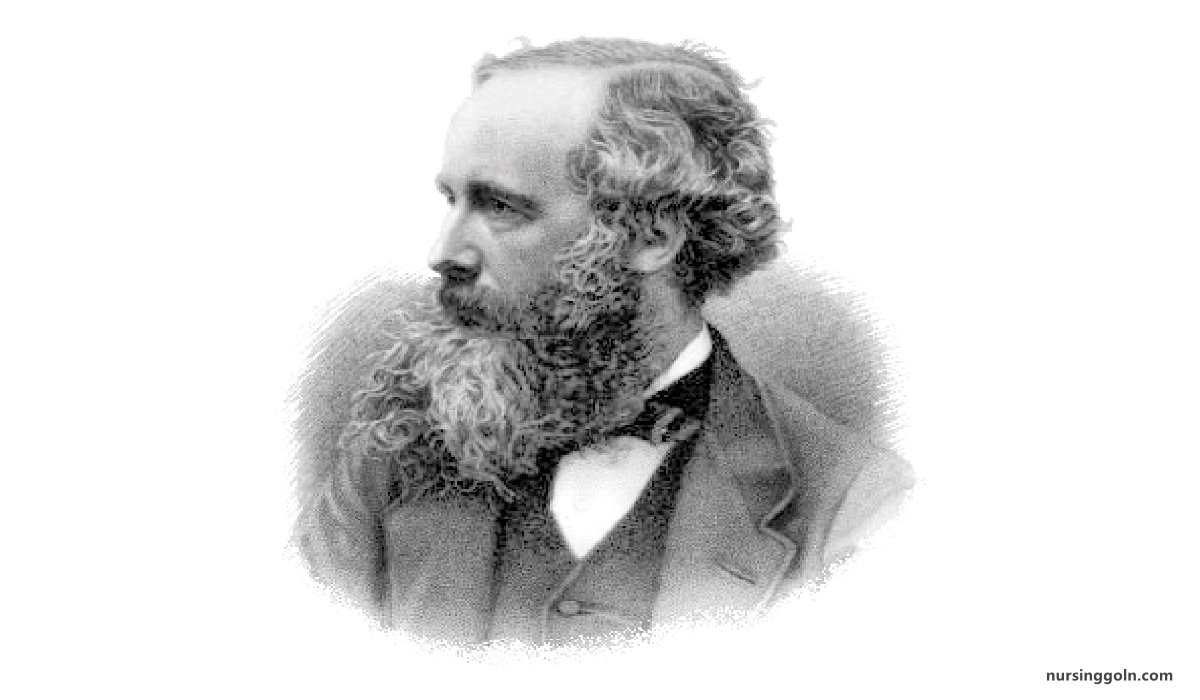
Jagadish Chandra Bose
Bengali scientist Jagadish Chandra Bose (1858-1937) became successful for the first time in sending wireless messages from one place to another. 1895, he successfully did it by using microwave
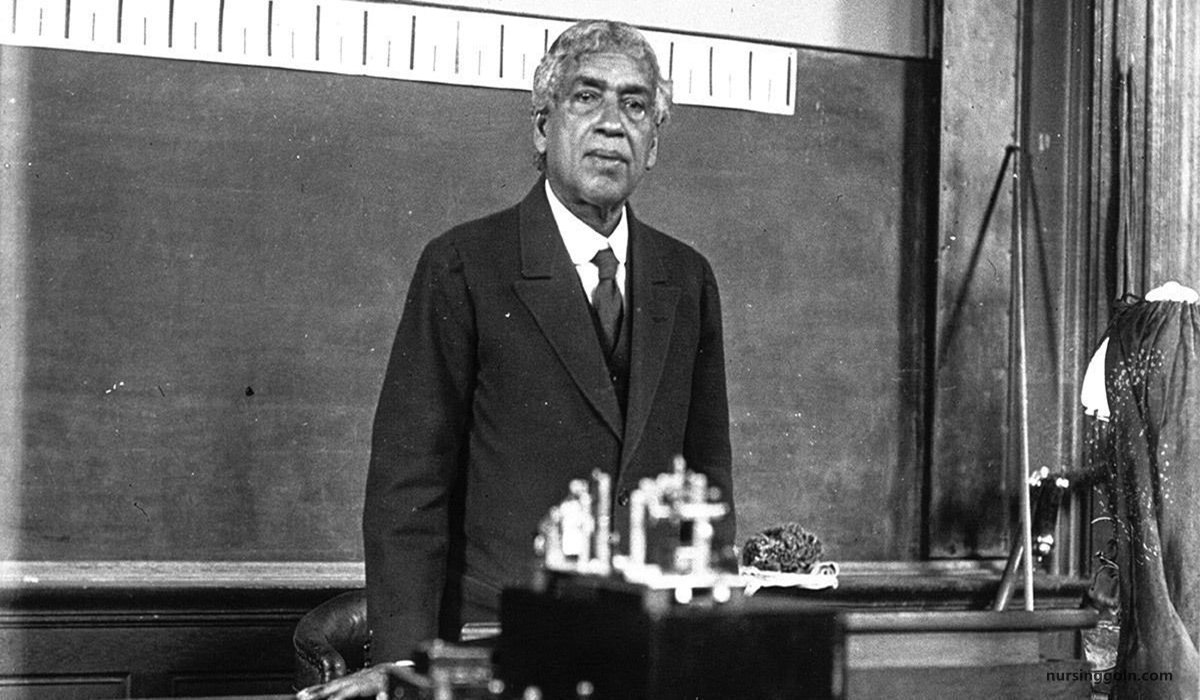
But, Italian scientist Guglielmo Marconi (1874-1937) succeeded first in doing the same work by radio wave. That is why he is acknowledged as the inventor of radio.
In the 20th Century, after the development of electronics, IBM Company first built mainframe computer after the development of electronics. In 1971, making of cost-saving computer. In 1971, with the invention of the microprocessor, it became easier to make affordable computers. In the 60s and 70s, using the Internet Protocol, Arpanet was invented the Internet protocol.
The interrelation among the computers through network started developing since then, and the invention of the Internet is the outcome. In 1971, American programmer Raymond Samuel Tomlinson introduced first electronic mail communication through ARPANET. He is the pioneer of inventing e-mail system.
Steve Jobs
After the invention of microprocessor, making of personal computer by using this device started in the USA. Steve Jobs (1955-2011) and his two friends Steve Wozniak and Ronald Wayne started a company named Apple Computer on April 1, 1976.
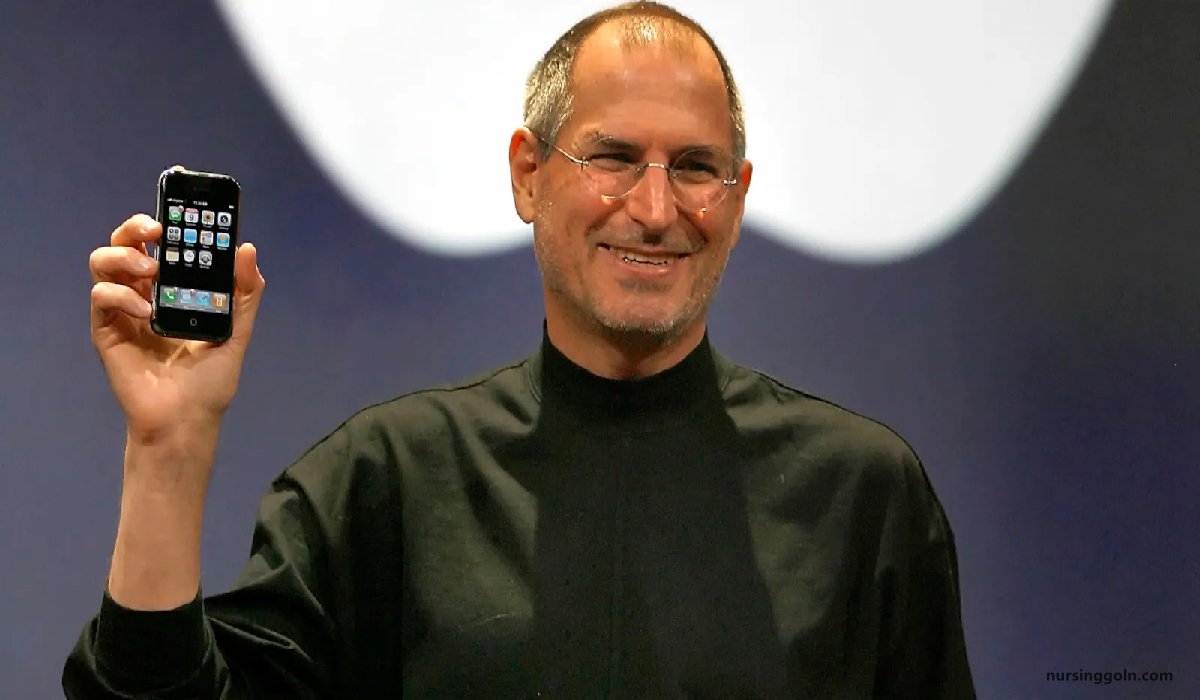
This company is one of the biggest organizations in the world. The development of personal computer has been carried out by this company.
William Henry Bill Gates
IBM Company put the responsibility of developing the operating system for personal computers on ‘Microsoft’ of William Henry Bill Gates (born on October 26, 1955).
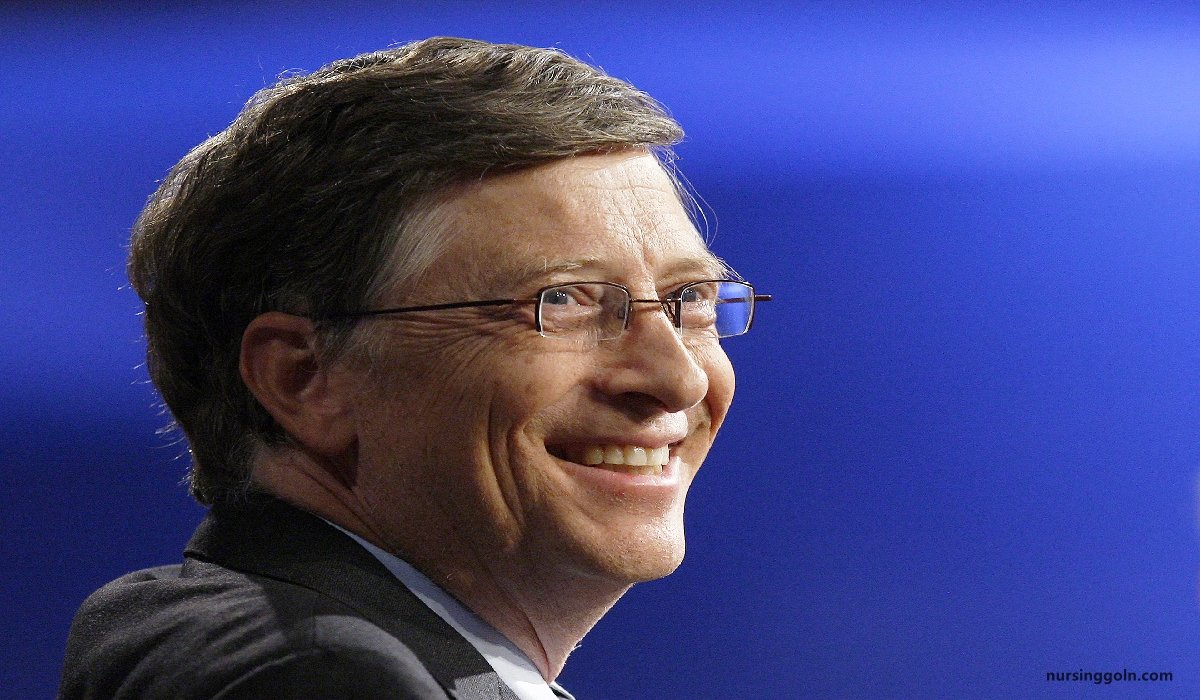
They successfully developed MS DOS and Windows operating system. At present, most of the computers of the world are run by the operating system software of Microsoft company of Bill Gates.
Sir Timothy John ‘Tim’ Berners Lee
In 1989, during the development of the Internet, a British computer scientist proposed and later on successfully invented information management by using Hypertext Transfer Protocol (http) and successfully invented it. Sir Timothy John ‘Tim’ Berners Lee is known as the pioneer of World Wide Weave (WWW).

The Internet connection spread out throughout the world for its development. A strong economic field has been created on the Internet and different types of application software have been developed.
Mark Zuckerberg
The learner of Harvard University Mark Zuckerberg (Born on May 14, 1984) and his four friends are the pioneers of creating social networking system Facebook in the Internet.
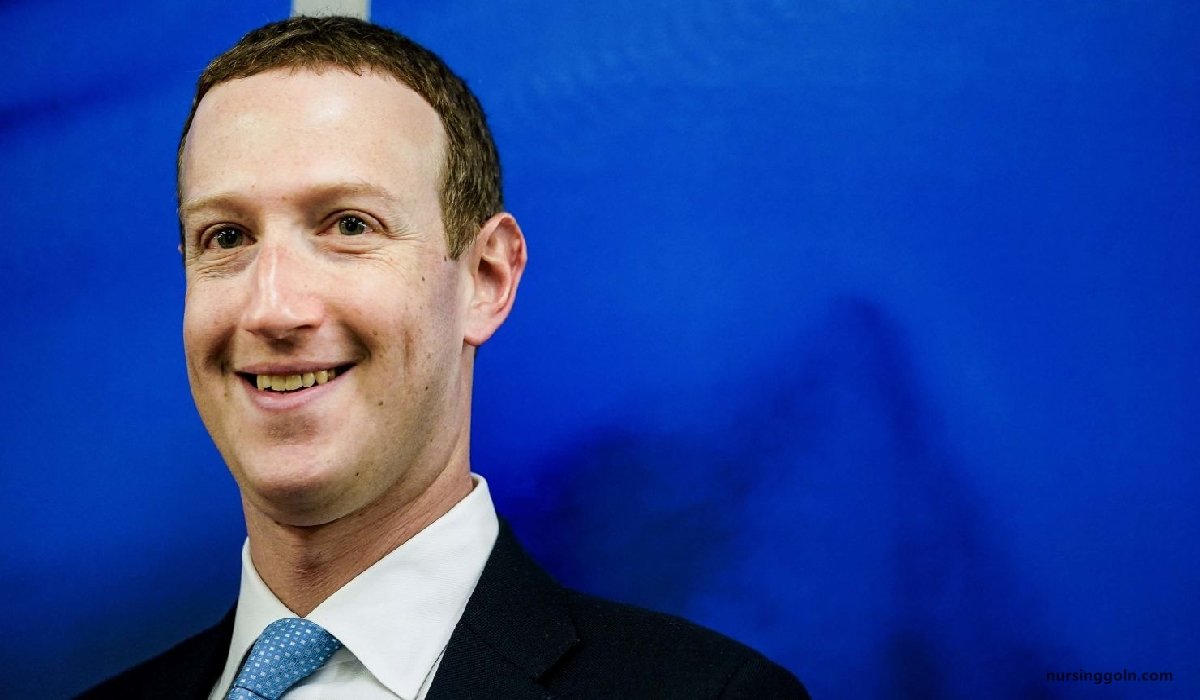
At first, it was confined to the university students, but according to the statistics of May 2014, at least 119 crore people of the world have been using Facebook. Many people in our Bangladesh use Facebook for social networking.
E-Service and Bangladesh
Many government and non-government service providing organizations provide the citizens with temporary and full time services. This might be travelling from one place to another or issuing duplicate records of a land. Before the introduction of digital system, the service seekers had to meet the service provider, but now they can have the service through the internet or mobile phone staying at his own home, for example, services at home, such as purchasing tickets through the internet or mobile phone.
People, a few days ago, had to go physically to Kamlapur train station, and stand in the queue before the counters for tickets. This system is still in practice, but now anyone can collect tickets and pay the fares online. Providing service through electronic system is called e-service. E-service ensures availability of services at low cost in the shortest possible time without much hassle. E-service has already been introduced to several ministries, departments and directorates of the Government of Bangladesh.
The digital edition of textbooks, e-settlement records, e-permit, e-ticket, telemedicine, e-tin registration and income tax calculation, etc. are the examples of e-services.
E-permit:
It is one of the primary e-services of the country. The sugar cane farmers of fifteen sugar-mills of the country get e-permit through the message option of the cell phone. E-permit is the official permission of the sugar mills authority for the farmers to supply sugar canes in a fixed time.
The harassment of the farmers has come to an end as they receive the information of supplying sugar canes through SMS. The production of the sugar mills has also been increased for timely supply of sugar canes.
Electronic Money Transfer System (MTS):
Money can be sent at a low cost from one place to another quickly and safely through the electronic money transfer system of Bangladesh Postal Department. It is possible to transfer BDT 50000 in one minute. This service is available in all post-offices in Bangladesh.
E-settlement Records:
The duplicate of land settlement records can be collected through this service. Previously employees of land settlement department would supply the information to the applicants from big record books after filling up the prescribed forms.
The applicants had to be present physically in the office and the employees of the concerned department would prepare it manually. Because of the e-service, applicants at home and abroad can receive the settlement records, paying the required fees.

E-healthcare:
Physicians in government health centers give advice on mobile phones. That is why, government hospitals have been provided with mobile phones. Any citizen of the country can get the advice of any physician. Besides, in some hospitals, telemedicine service has been introduced. Because of the telemedical services, patient in upazila may avail the service and advice of medical specialists in district hospitals on mobile phones.
E-tiketing and Mobile Ticketing of Railway:
Tickets of some intercity trains can be collected either through mobile phone or online. As a result, travellers can purchase the ticket at their convenience without going to the ticket counters of the railway station. They can reach the station just before the departure of the train and collect the printed ticket from a particular counter.
Digital Bangladesh
The present government has undertaken a plan to establish ‘Digital Bangladesh’ for the first time. Bangladesh conquered its independence through enormous bloodshed in the liberation war of 1971. We will be celebrating the golden jubilee in 2021, and that is why we are determined to take out motherland to the highest pick of success. ‘Digital Bangladesh’ is the means to materialize the vision. The Government and general citizens have taken initiative to materialize the dream.
First we should know what we mean by ‘analogue’ and ‘digital’. An analogue signal is a kind of continuous and infinitely variable representation of data or information. As an example, we may discuss about the measurement and record of daily temperature.
Temperature varies throughout the day and the temperature inside the home can also be much different than that outside. Representation of any small amount of change in the temperature through a signal may be called an analogue signal. However, an analogue signal may not always give information in precise accuracy and reliability.
A digital signal converts the information into numbers (digits) and displays and stores the information in numbers. Hence, it is called digital signals. Since the digital signal indicates the values of the quantity in a digital format, that is, in numerical forms, it gives more accurate information than the analogue signal. It is generally quicker and easier to read than the analogue one.
For example, a watch, with a high-precision movement of an hour hand, a minute hand and a second hand, gives an analogue signal as a measure of time passing. By contrast, a watch, with an electronic display of time in numbers, gives a digital signal, the phrase ‘Digital Bangladesh’ is not used to indicate Bangladesh as a ‘Computer Oriented Country’. Its implication is more extensive. Digital Bangladesh refers to a modem Bangladesh, developed with the help of ICT.
The objectives of Digital Bangladesh are to ensure better education and health and more job opportunities and eradication of poverty. Sin order to fulfill these objectives, it is important to bring changes to our old conventional mind-set and be positive and inventive.
The fundamental aim underlying Digital Bangladesh is to ensure democracy, human rights, transparency, accountability, and justice with the maximum utility of technology. The main thrust of the objectives is to improve the standard of living of citizens’ from all social classes.
In order to fulfill the objective of Digital Bangladesh, the Government has focused on four specific factors: human resource development, participatory citizenship, civil services reformation, and inclusion of technology in everyday life.
Bangladesh has started developing information and communication technology late in comparison with other countries. That is why Bangladesh is significantly lagging behind. Even though the significance of ICT was not realized, nowadays ICT is getting importance properly. We are getting high speed internet connection as we are connected to the submarine cable.
There is a positive side of the extension of technology. If a nation lags behind at a moment in any particular technology, it does not mean it will stumble all the time. It leapfrogs other countries. Bangladesh is trying her level best to be equal with other countries by using all her might.
The infrastructure for information technology has started to be constructed in the country by the intent of the present government. Setting up fiber optic connection throughout the country, an initiative is taken to provide the internet service to remote area. The number of telephone users was negligible in the country just before one and half decade, but now every adult person uses a phone.
Information service centers have been opened at the union level, the post offices of the remote areas are transformed into e-centers that provides the service of mobile money transaction. The district information cell and the national information cell with the union information centers are important additions to the infrastructure of the country.
The tasks like registration of admission test, getting the result of public examination, and purchasing train tickets are being done regularly on the mobile phone. ICT course is included in the curriculum of school and college. This textbook is an example of that.
Computer science is being taught in the colleges and universities. The younger generation of the country is joining the software companies along with setting their own firms, and a large number of young people are strengthening the economy of the country through outsourcing.
No one should come to a conclusion just listening to the successful story of ICT that we have reached the zenith of our target. We have to walk a long way to achieve the goal. As most of the people of our country live in the villages, the first step to ‘Digital Bangladesh’ is bringing these village people to the network of ICT services.
So, we have to build up large infrastructures. A skilled manpower is required to avail of the opportunity of ICT to the utmost level. So, we should develop expertise in this sector. The standard of education of colleges and universities should be enhanced and a good number of students should be skilled in ICT.
Transparency should be ensured through e-govemance. The new generation should be encouraged to use their innovative power, and a co-ordination between universities and information and communication technology is must that we can make a real ‘Digital Bangladesh’.
Read more:
